The 1996 Jeep Grand Cherokee is a well-loved vehicle. It is known for its rugged design. The transmission plays a crucial role. It helps the vehicle move smoothly.
What is a Transmission?
A transmission is like a bike chain. It moves power from the engine to the wheels. Without it, the car won’t run. There are two types: automatic and manual.
Automatic Transmission
This type shifts gears for you. You don’t need to do anything. It’s easier for many drivers.
Manual Transmission
With this type, you shift gears. It involves a clutch pedal. Some drivers enjoy manual for more control.
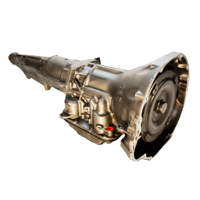
Credit: reman-transmission.com
The 1996 Jeep Grand Cherokee’s Transmission
The 1996 Jeep Grand Cherokee has an automatic transmission. It’s known for being strong. Many owners appreciate its durability.
Common Transmission Problems
Like all car parts, transmissions can have issues. Here are some common problems:
- Slipping Gears: The car might change gears on its own.
- Hard Shifting: Shifts feel rough or delayed.
- Fluid Leaks: Transmission fluid might leak out.
- Noisy Transmission: Unusual sounds might come from the transmission.
Signs of Transmission Problems
How can you tell if there’s a problem? Look for these signs:
- Check engine light is on.
- Strange noises when driving.
- Car doesn’t move smoothly.
- Burning smell from the car.
If you notice any, see a mechanic. They can help fix the issue.

Credit: www.ebay.com
Maintaining Your Transmission
Regular care can help your transmission last longer. Here are some tips:
Check Fluid Levels
Transmission fluid is important. It helps keep the parts moving smoothly. Check the levels often. Add more if needed.
Change Transmission Fluid
Over time, fluid gets dirty. Change it every 30,000 miles. This keeps the transmission clean.
Don’t Overload The Vehicle
Too much weight is hard on the transmission. Follow the vehicle’s weight limit. This helps avoid stress on the parts.
Regular Service Checks
Visit a mechanic regularly. They can spot potential issues early. This can save money in the long run.
Driving Tips for a Healthy Transmission
How you drive affects your transmission. Here are some tips:
Be Gentle With The Gas Pedal
Sudden acceleration can be hard on the transmission. Press the gas pedal slowly. This helps the transmission work better.
Use The Right Gear
When driving uphill, use a lower gear. This reduces strain on the transmission.
Come To A Full Stop Before Shifting
When changing from reverse to drive, stop first. This prevents unnecessary wear.
When to Seek Professional Help
Sometimes, issues are too big to fix at home. A professional mechanic can help. They have the right tools and knowledge.
Cost of Transmission Repair
Transmission repair can be expensive. The cost depends on the problem. Small fixes might cost less. Bigger issues might need more money.
Here is a simple table showing possible costs:
| Problem | Estimated Cost |
|---|---|
| Fluid Leak Fix | $100 – $200 |
| Transmission Flush | $150 – $300 |
| Rebuild Transmission | $1,500 – $3,000 |
Regular maintenance can prevent costly repairs. It’s worth the effort.
Frequently Asked Questions
What Are Common Transmission Issues In A 1996 Jeep Grand Cherokee?
Slipping gears, rough shifts, and fluid leaks are common problems. Regular maintenance helps prevent these issues.
How Do I Check Transmission Fluid Levels?
Warm the engine, park on a level surface, and use the dipstick to check fluid levels. Ensure it’s at the right level.
What Type Of Transmission Fluid Does It Use?
The 1996 Jeep Grand Cherokee typically uses ATF+3 or ATF+4 fluid. Check your manual for confirmation.
How Often Should I Change The Transmission Fluid?
Change the fluid every 30,000 miles or as recommended in your vehicle’s manual for optimal performance.
Conclusion
The 1996 Jeep Grand Cherokee is a reliable vehicle. Its transmission is a key part. Understanding it helps you care for your car better. Look for signs of trouble. Perform regular maintenance. Drive carefully. And seek help when needed. This ensures your Jeep runs smoothly for years. Happy driving!

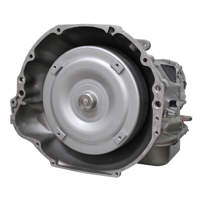
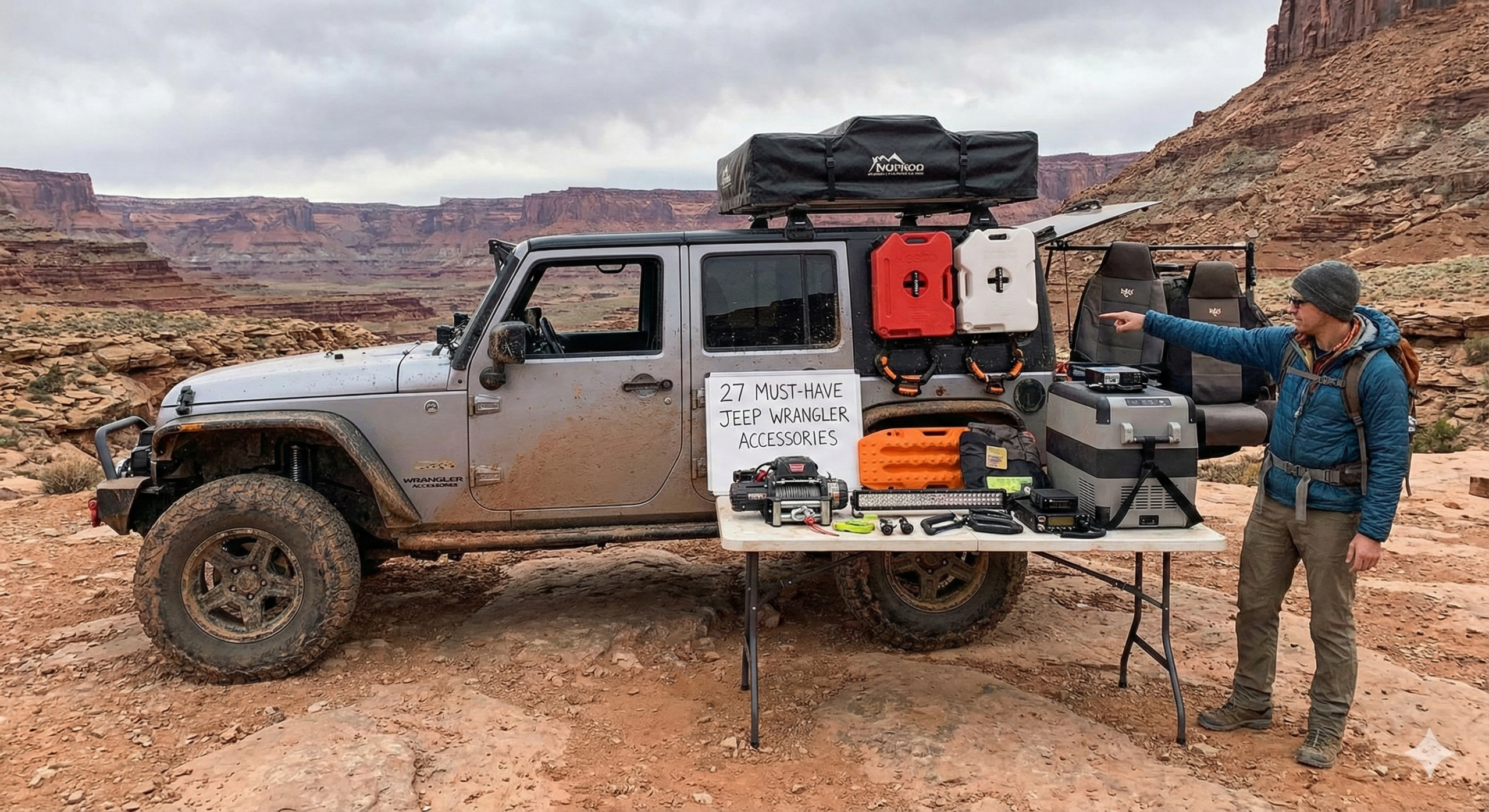
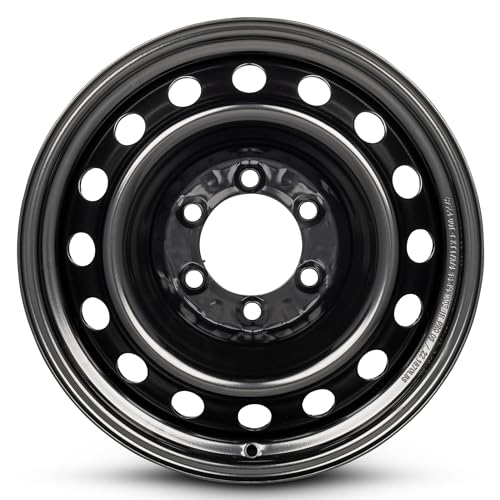
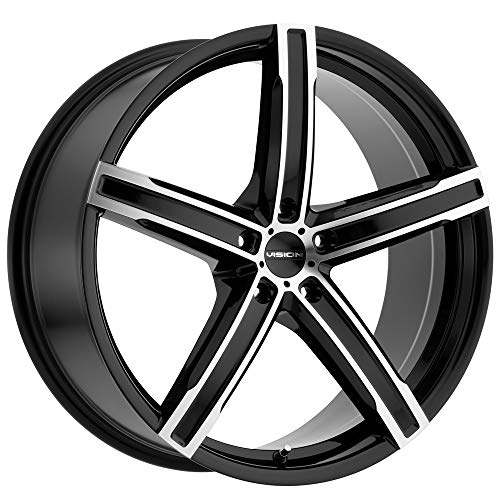
Leave a Reply